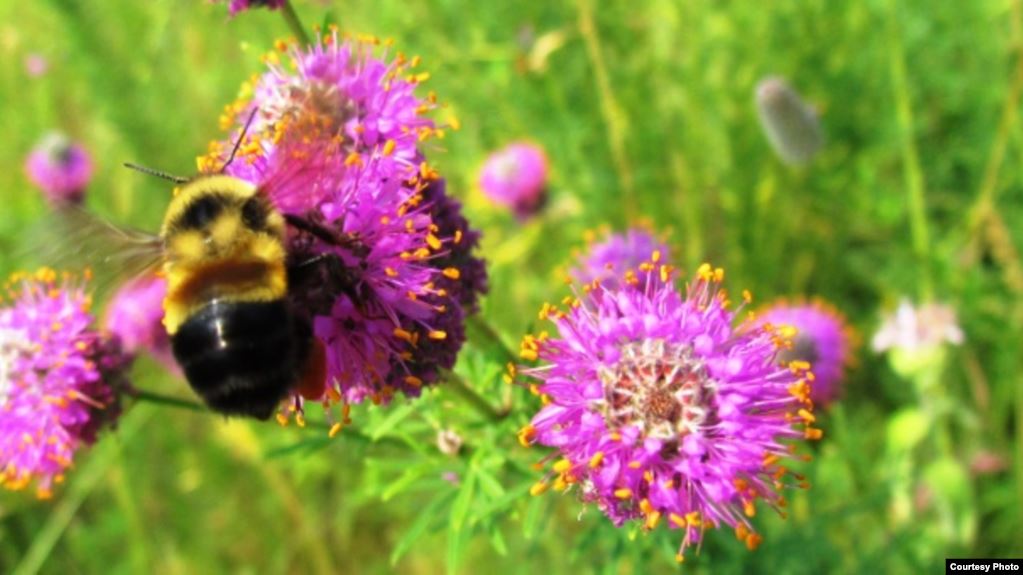The specter of extinction looms over an unassuming yet crucial member of the ecosystem: Franklin’s bumblebee. This enigmatic pollinator, once an abundant presence in the high-altitude regions of California and Oregon, may soon find itself on the endangered species list. Such a designation carries profound implications for biodiversity, agriculture, and conservation efforts, warranting an examination that extends beyond mere statistics.
Franklin’s bumblebee, scientifically known as Bombus franklini, is unique not only for its striking appearance but also for its remarkable role in the pollination of various flowering plants, including crops vital to human consumption. However, this particular species has experienced alarming declines, prompting biologists and conservationists to sound the alarm. The intricate tapestry of environmental changes—encompassing climate fluctuations, habitat destruction, and the proliferation of pesticides—has contributed to the bee’s precarious situation.
As habitat fragmentation continues to encroach upon its natural dwelling, the dwindling numbers of Franklin’s bumblebee have sparked urgent discussions around conservation priorities. This spotlight on vulnerability extends beyond the bumblebee itself, echoing the broader plight of pollinators worldwide. Pollinators are indispensable to the functioning of ecosystems, and their decline signifies a potential catastrophe with cascading effects throughout the food web.
Anticipation surrounds the possible classification of Franklin’s bumblebee as endangered, igniting debates among environmentalists, policymakers, and the agrarian community. A significant shift in perspective is needed. Rather than viewing these measures solely through a lens of protection, one must appreciate the interconnected nature of pollinators and human livelihood. The viability of numerous crops hinges on the health of these buzzing allies, whose services contribute billions to the global economy.
In light of the impending decision regarding the status of Franklin’s bumblebee, curiosity regarding potential conservation strategies emerges. Could this be the catalyst for a larger movement toward sustainable agricultural practices? Will it evoke a collective consciousness that recognizes the importance of ecological stewardship in an era increasingly dominated by industrialization? Such questions underscore the urgency and complexity of conservation efforts.
Ultimately, the plight of Franklin’s bumblebee beckons us to reflect on our relationship with the natural world. As we stand on the precipice of possibly reclassifying this bee’s status, we are compelled to consider the intricate web of life that connects us all. Safeguarding this species may serve not only as an act of preservation but also as a broader acknowledgment of the critical roles each organism plays within our fragile ecosystems. In doing so, we might begin to foster a more resilient environment—one where both humans and pollinators can thrive harmoniously.
